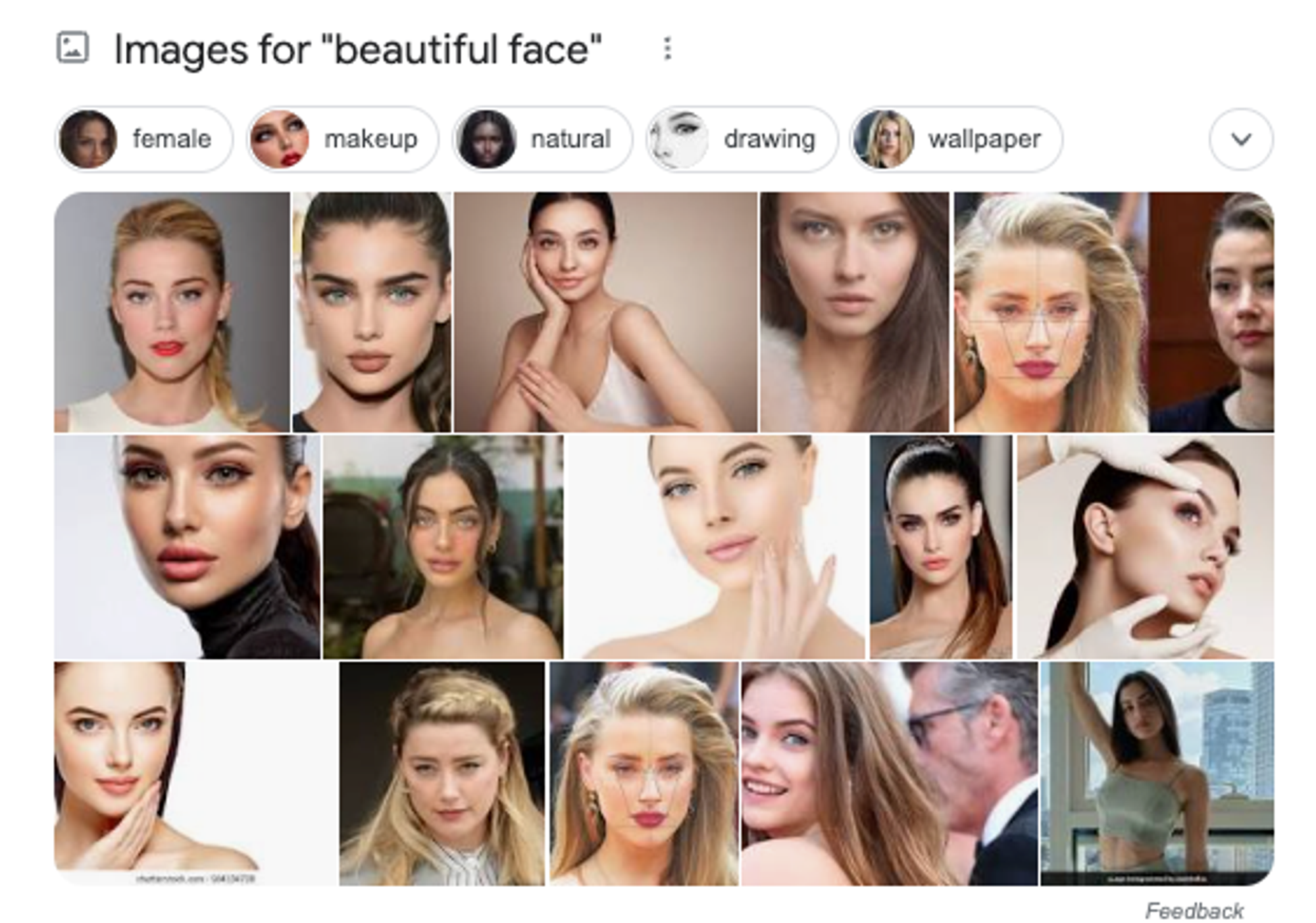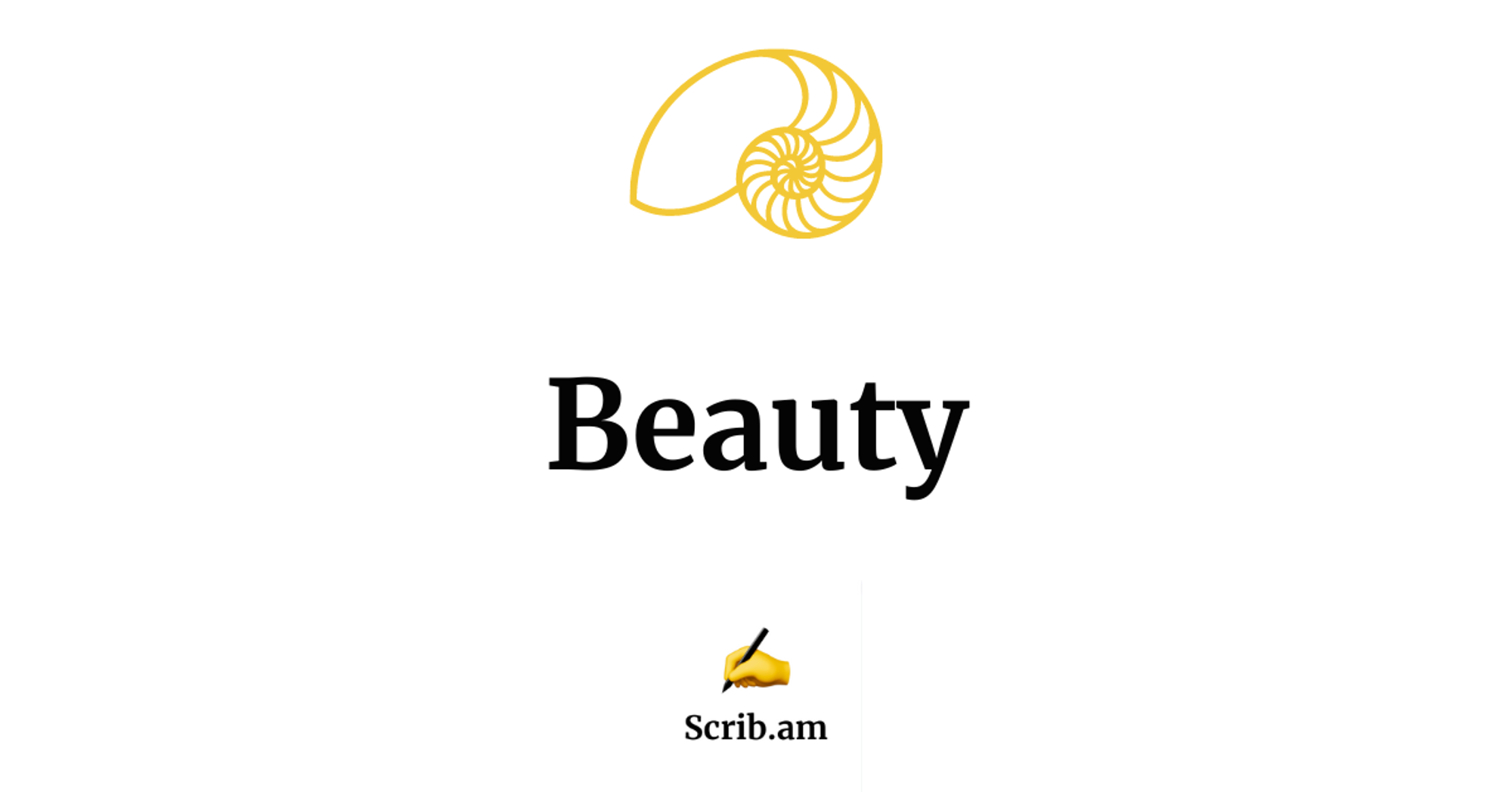Some people argue that Beauty is entirely subjective.
Others claim that Nature is governed by universal beauty standards.
Are there scientific grounds for Beauty?
The Golden Ratio, the attribute of Beauty
Long considered as the attribute of Beauty, The Golden Ratio, also called the Divine Proportion, is denoted by the Greek letter phi.
In mathematics, two quantities are in the golden ratio if their ratio is the same as the ratio of their sum to the larger of the two quantities.
Based on a reference of 1, the larger quantity should be 1.618033988749…
For instance, a “Golden Rectangle” has one side of 1 for another of 1.618…
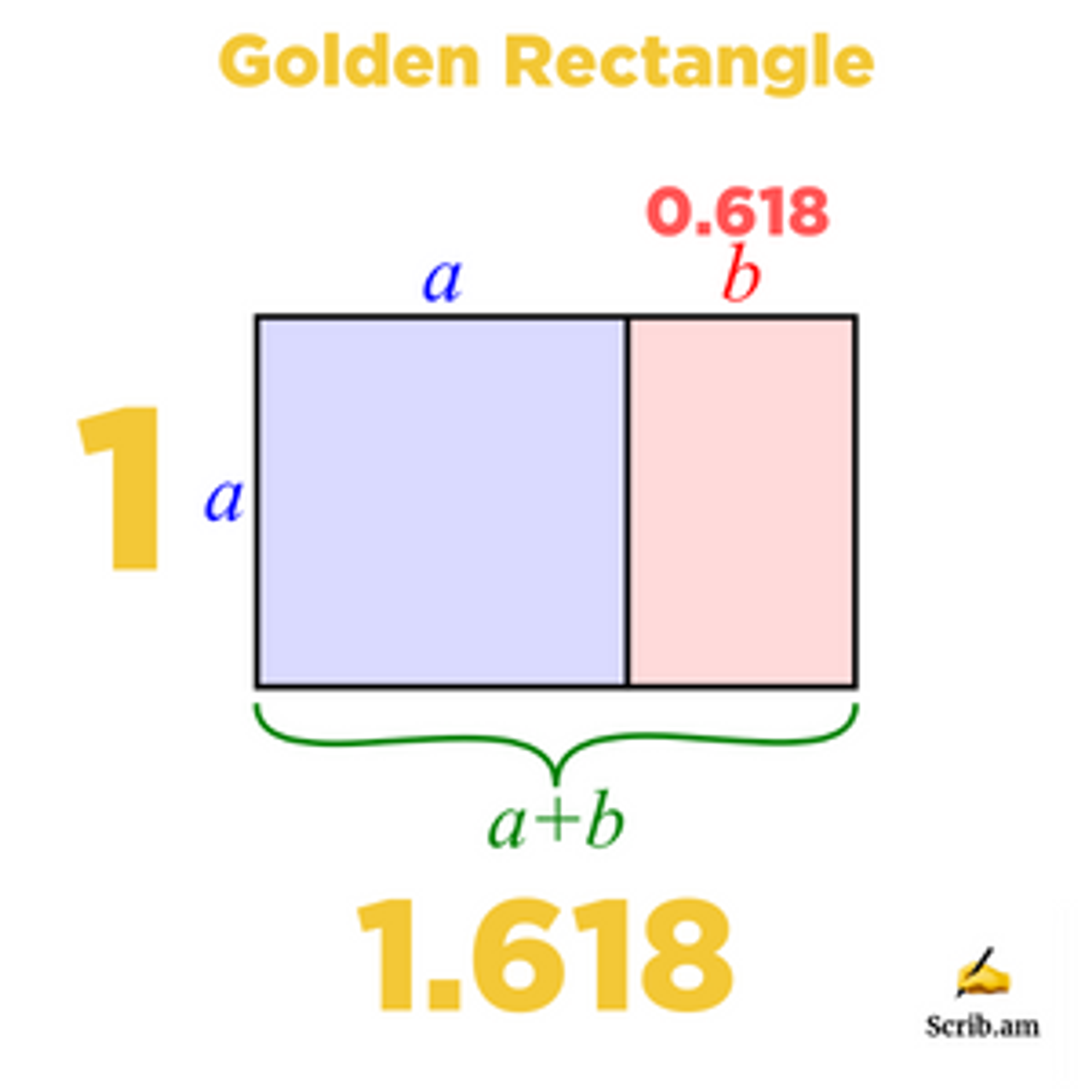
1 and 1.618… are in the golden ratio because 1.618/1 equals 2.618…/1.618… (= 1.618 in this case)
Leonardo Da Vinci realised that the more a work of art approaches this golden ratio in its various proportions, the more it’s perceived as beautiful.
The following illustration comes from an article demonstrating the use of the Golden Ratio in the Mona Lisa.
You can notice a large portrait shaped golden rectangle around the face + two other golden rectangles nested in the smaller section.
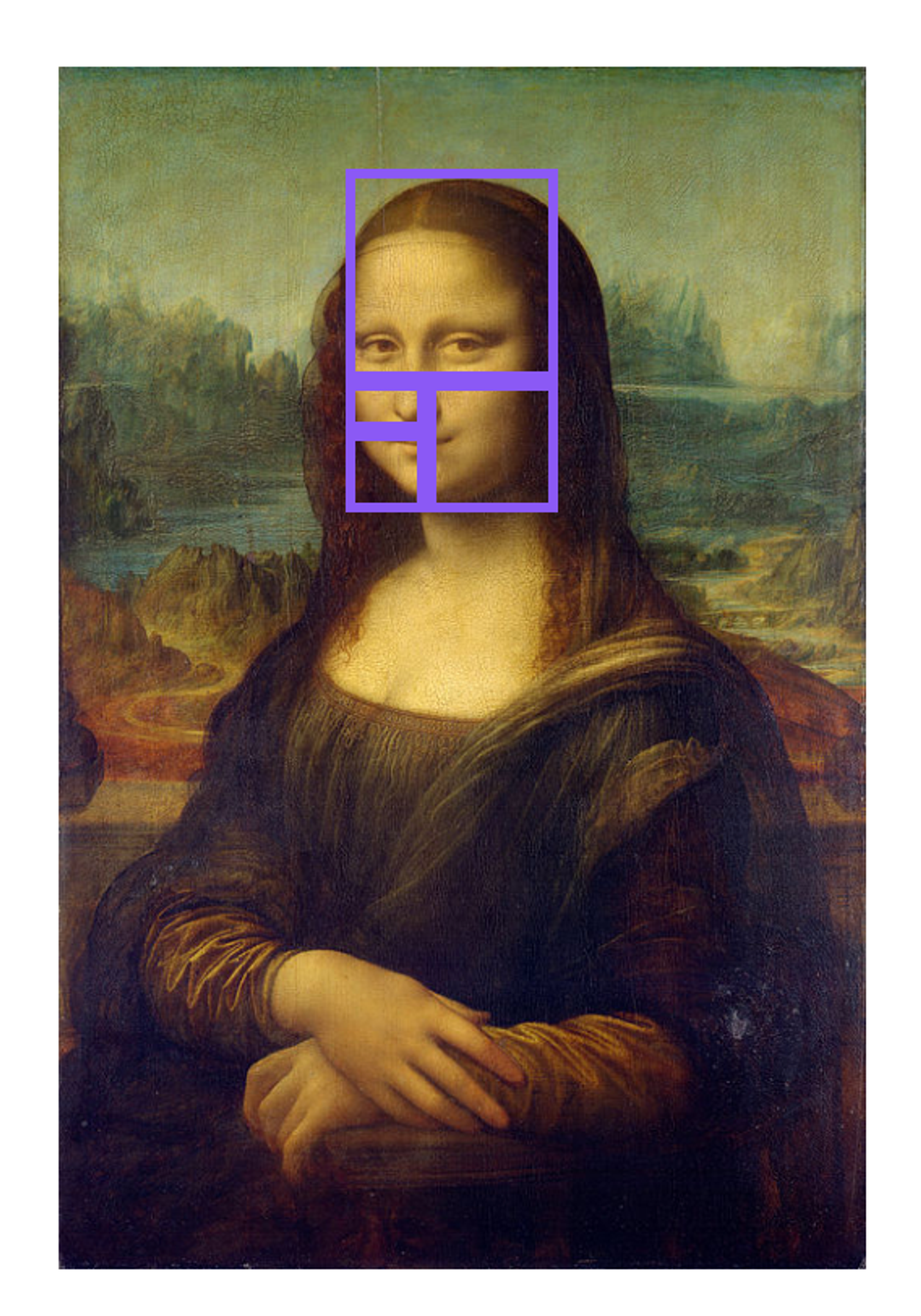
Nesting multiple golden rectangles creates a golden spiral.
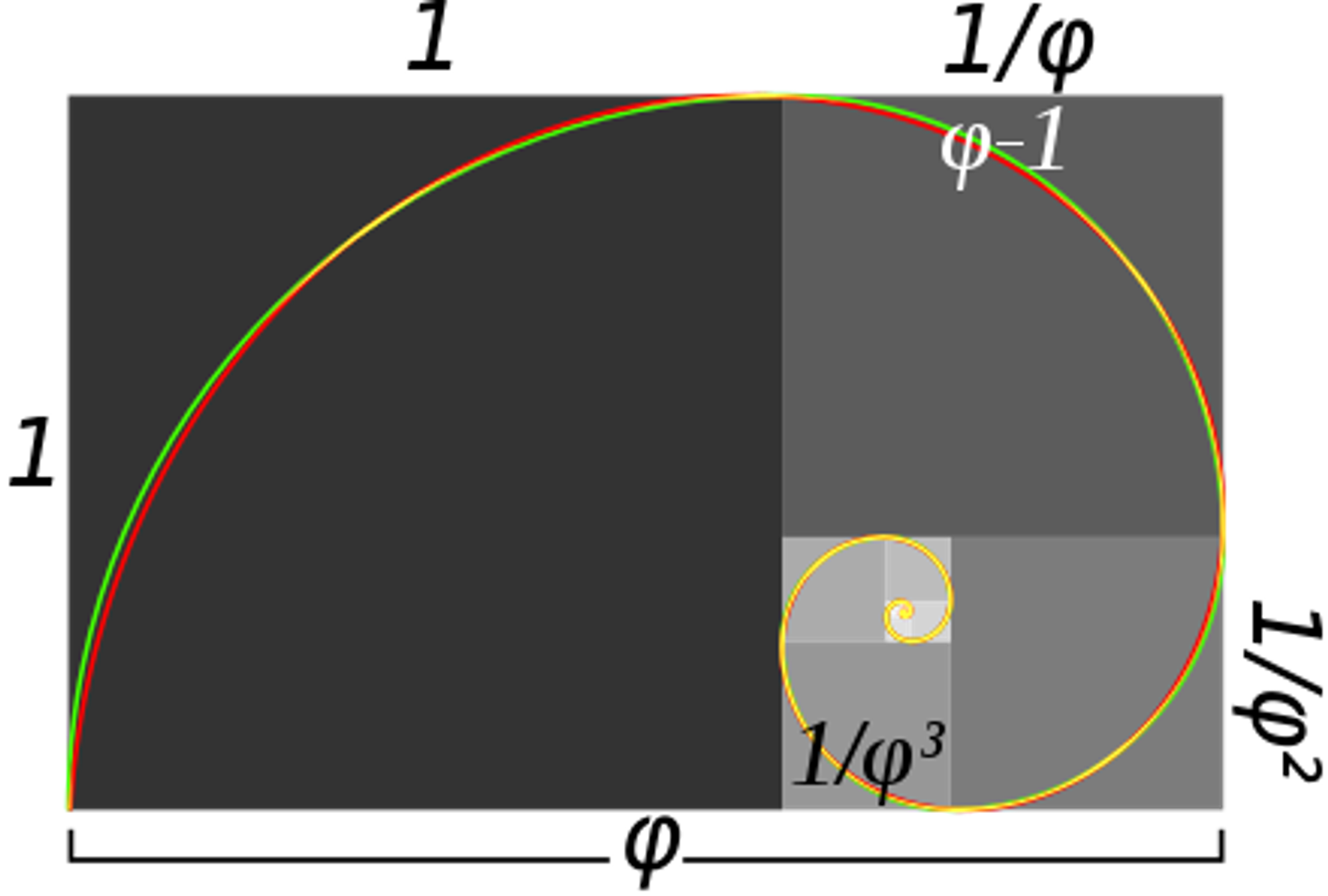
The nautilus shell is probably one of the best examples of the Golden Spiral in nature.
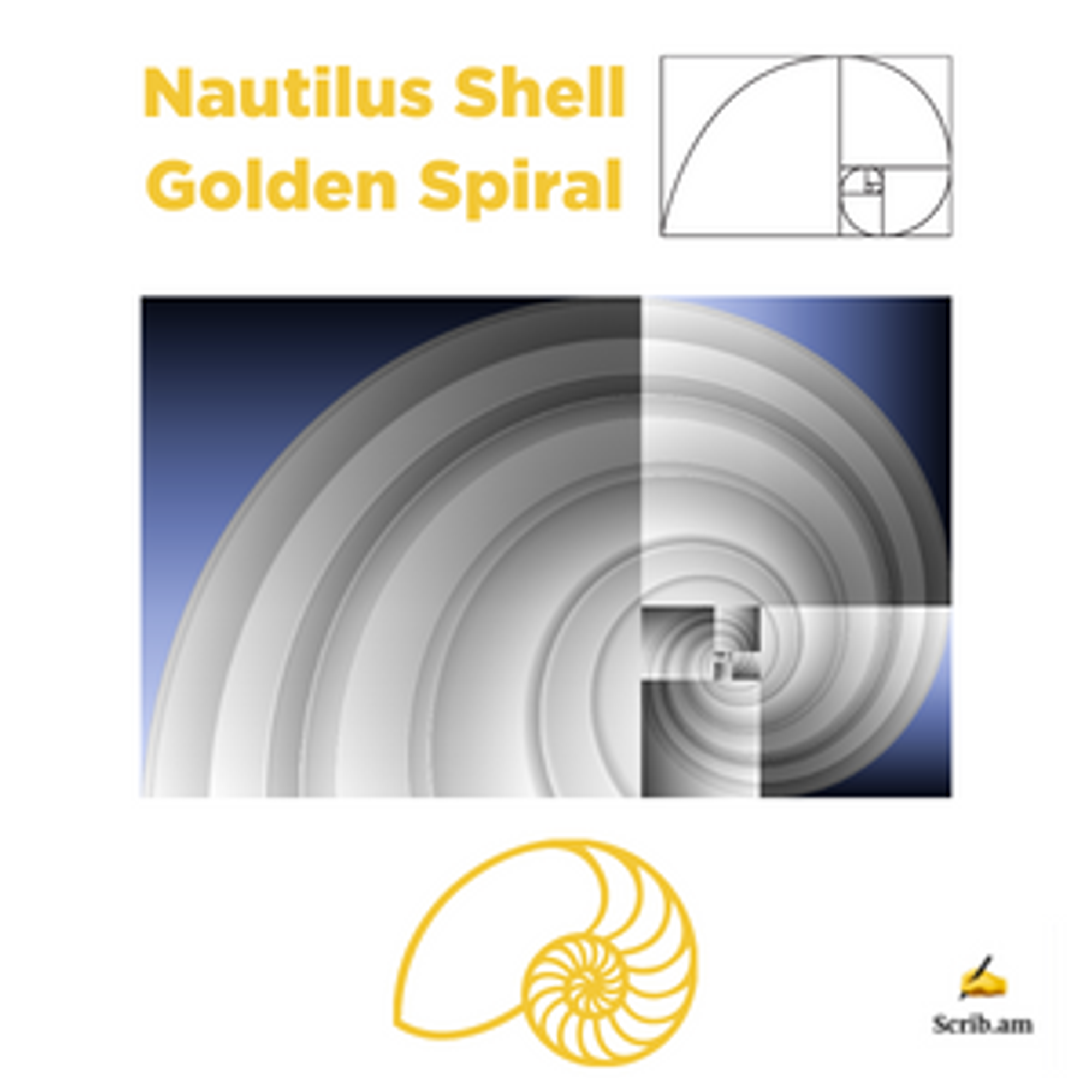
We also see the same pattern in architectural landmarks. Simply search for “golden spiral architecture” on Google Images.

The Golden Ratio is all around us.
Golden Ratio & Fibonacci Sequence
The Fibonacci Sequence is named after the Pisan mathematician Leonardo Fibonacci, who lived from around 1175 A.D. until around 1250 A.D.
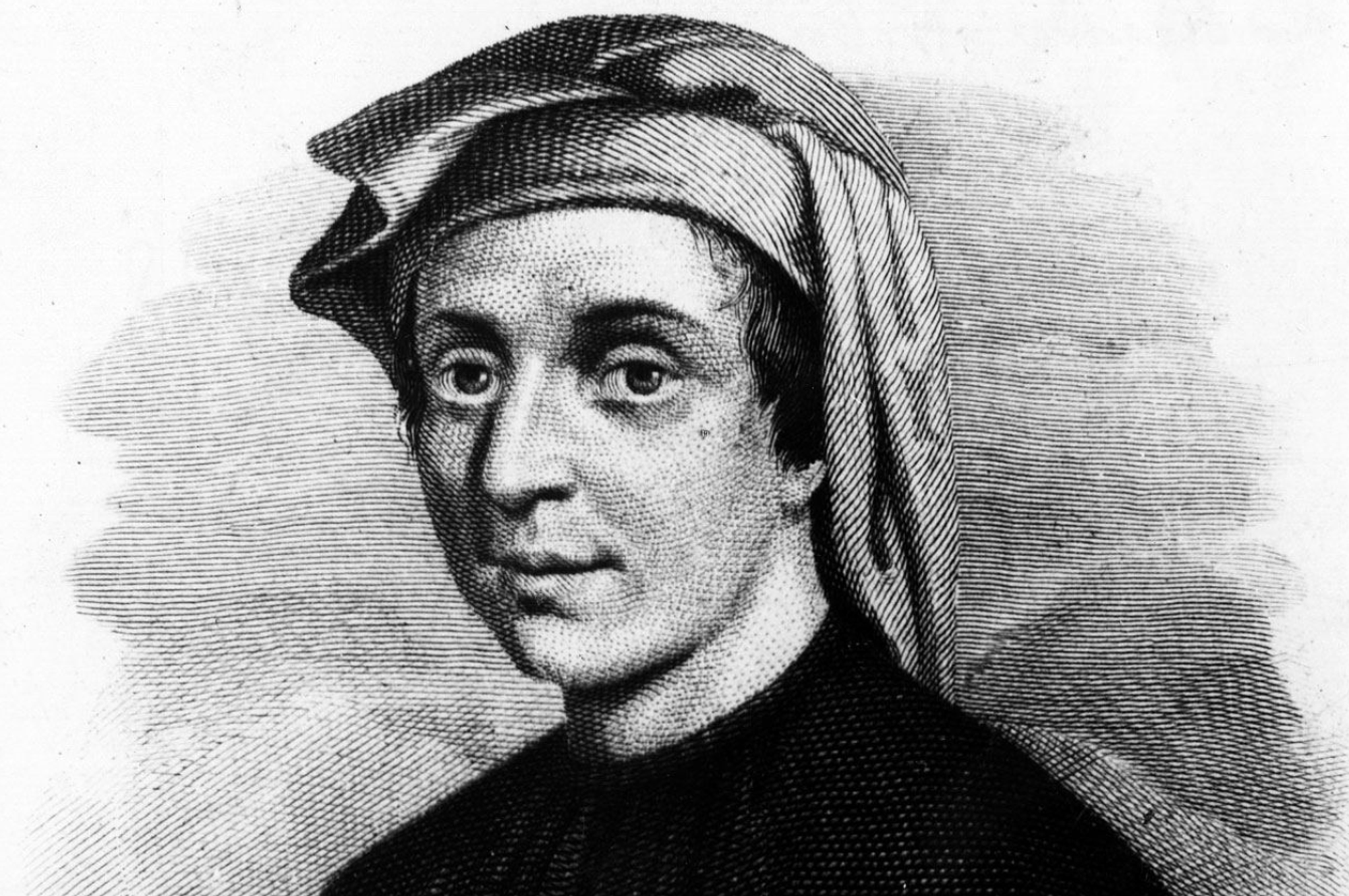
Here’s the start of the sequence (which goes on forever):
2, 3, 5, 8, 13, 21, 34, 55, 89, 144…
Each number is the sum of the two numbers that precede it (5=2+3, etc.).
The bigger those numbers get, the more the quotient between each successive pair of Fibonacci numbers approximates 1.618…, the Golden Ratio.
When we start at 3/2, we get 1.5 but very quickly we’re approaching Phi.
Take for instance 144/89 = 1.618 when rounded to 3 decimals
Are there universal signs of beauty?
As mentioned in this article by Psychology Today
When it comes to physical attraction, cultural forces far outweigh biological ones.
But, as reported by the same piece, the most recent scientific studies claim that
like height in males and waist-hip ratio in females, symmetrical faces are more attractive to people across cultures and historical times.
Facial symmetry, as a proxy for good genes and fitness, seems to be a crucial factor in our mating and networking strategies.
Beauty in Nature
Ralph Waldo Emerson, the 19th Century American polymath, declared:
We ascribe beauty to that which…has no superfluous parts; which exactly answers its end; which stands related to all things.

For Emerson, Nature is Beautiful because it displays a perfect sense of effectiveness.
As a corollary, expressing a sense of effectiveness, as a living being or as an inanimate object, can be perceived as a form of beauty.
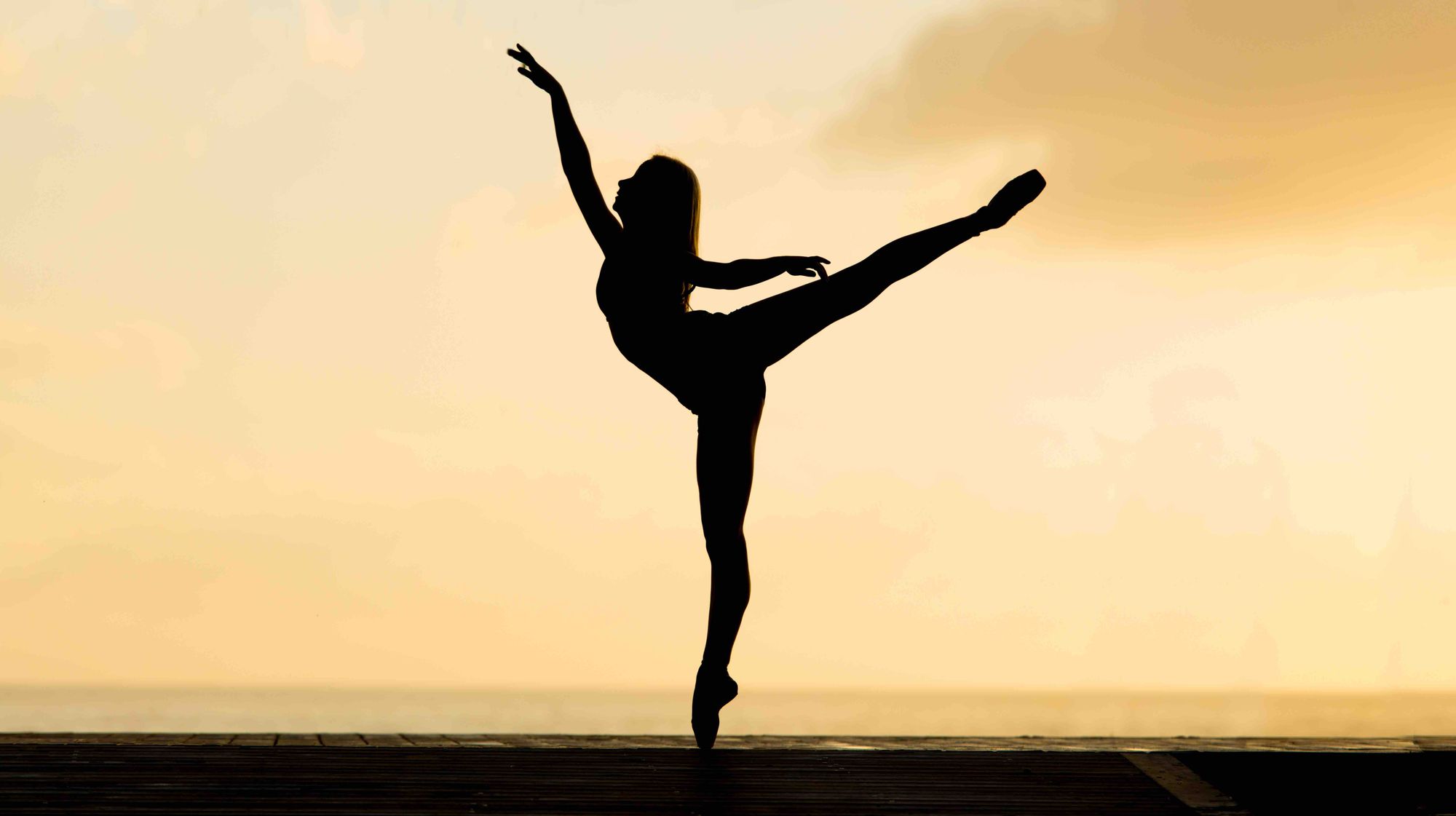
Performance and Beauty are often associated.
Stereotypes make our lives easier
A study by Manhattan College psychology professor Jay Friedenberg showed that “ease of processing” would be the #1 factor when it comes to assessing beauty.
In other words, following the path of least resistance, we prefer what we can easily understand.
Since stereotypes are by definition easier to decode than unusual patterns, we are usually drawn to the standard expressions of beauty.
And since stereotypes are hard to break, we keep on being attracted by the same stuff, in a self-perpetuating cultural bias.
